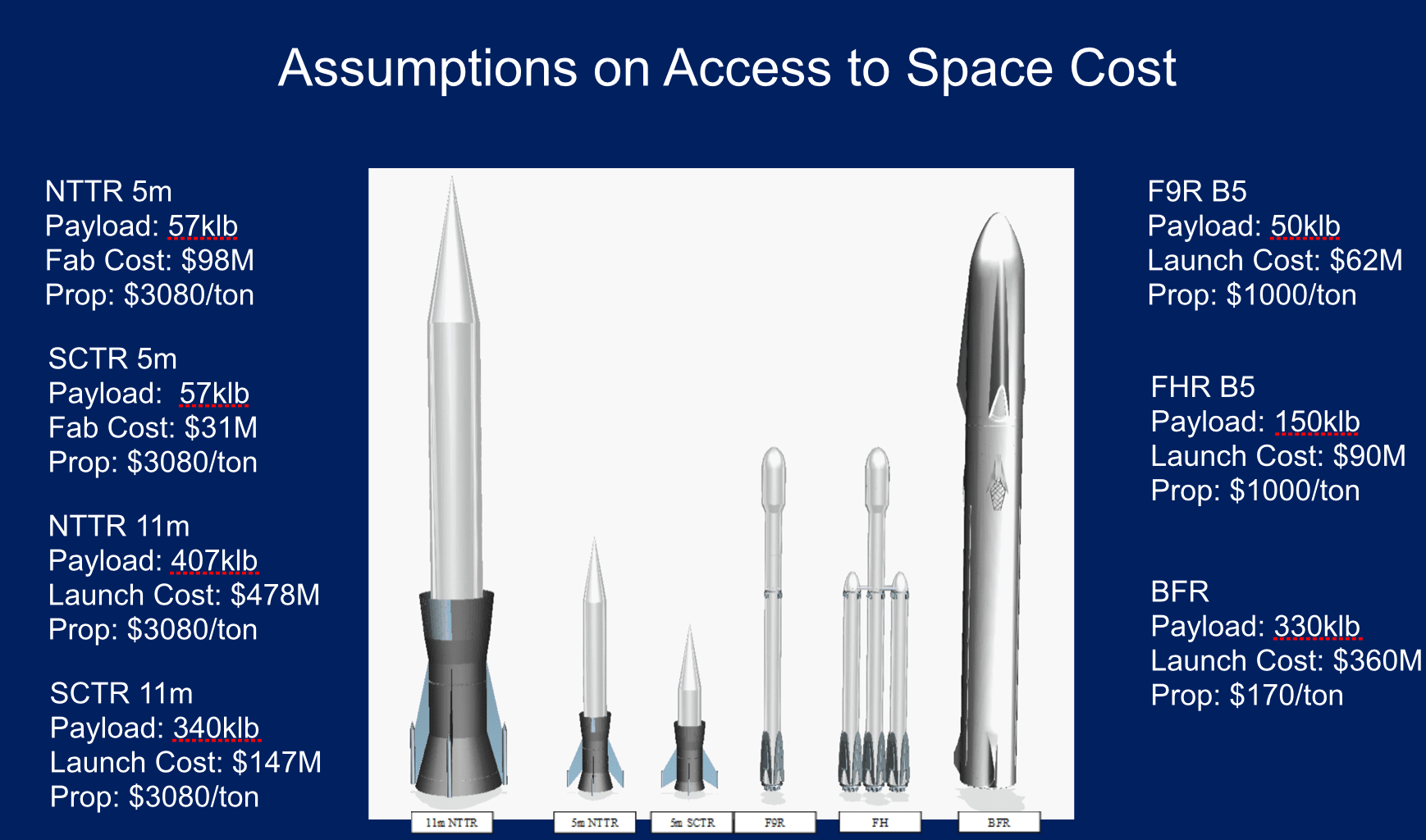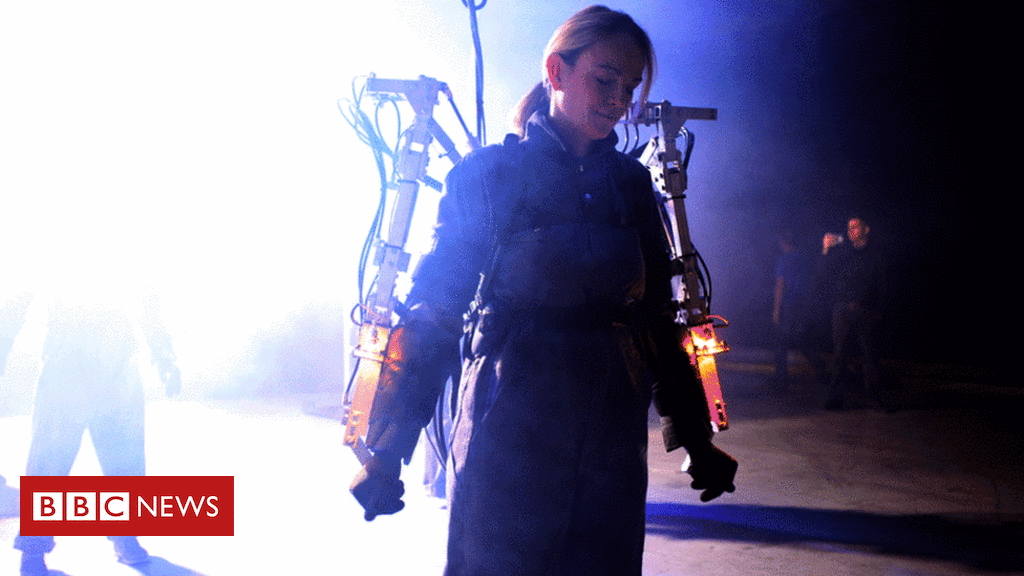
Get the latest international news and world events from around the world.


X-SpaceX Raptor designer has ready for development designs for nuclear rocket that will be up to 7 times better than BFR
John Bucknell created the pre-conceptual design for the SpaceX Raptor engine. It will be the advanced full-flow staged combustion rocket engine for the SpaceX BFR. He designed and built the subscale Raptor rocket for proof of concept testing able to test eighty-one configurations of main injector.
John Bucknell says the nuclear turbo rocket technology and his designs are ready for development. The air-breathing nuclear thermal rocket will enable 7 times more payload fraction to be delivered to low-earth orbit and it will have 6 times the ISP (rocket fuel efficiency) as chemical rockets. The rocket will have two to three times the speed and performance of chemical rockets for missions outside of the atmosphere.
The fully reusable nuclear rocket will be a single stage to orbit system which will be able to make space-based solar power several times cheaper than coal power. Using the 11-meter diameter version of this rocket to build space-based solar power will enable solar power at less than 2 cents per kilowatt-hour.

What’s Inside a Black Hole?
Ever wonder about the science behind a black hole?

Generating electrical power from waste heat
Directly converting electrical power to heat is easy. It regularly happens in your toaster, that is, if you make toast regularly. The opposite, converting heat into electrical power, isn’t so easy.
Researchers from Sandia National Laboratories have developed a tiny silicon -based device that can harness what was previously called waste heat and turn it into DC power. Their advance was recently published in Physical Review Applied.
“We have developed a new method for essentially recovering energy from waste heat. Car engines produce a lot of heat and that heat is just waste, right? So imagine if you could convert that engine heat into electrical power for a hybrid car. This is the first step in that direction, but much more work needs to be done,” said Paul Davids, a physicist and the principal investigator for the study.

Exoskeleton that allows humans to work and play for longer
https://paper.li/e-1437691924#/
Would you put on an exoskeleton that meant you could run for an entire day without getting tired?
What about one that would allow you to stay on your feet longer at work?
The technology to give people superhuman strength is currently being developed but the ethical questions about whether we should be developing it and in what circumstances it should be used, are only just beginning to be asked.

On July 28, 2018, we will witness the #TotalLunarEclipse at 1:13 AM (Philippine Standard Time), and it will last for approximately 4hrs
On July 28, 2018, we will witness the #TotalLunarEclipse at 1:13 AM (Philippine Standard Time), and it will last for approximately 4hrs. and 30mins.
Mark the date! 🌔.
This drone can fly dangerous missions for the military in areas where helicopters can’t reach
Tactical Robotics’ Cormorant drone design allows it to navigate tight areas where a helicopter’s blades would get caught on the environment. The remote-controlled military drone can transport two injured people from a battle zone. The Israeli-based company believes the drone could one day also be used to inspect bridges, deliver medical supplies and spray crops.


Memo to those seeking to live for ever: eternal life would be deathly dull
Take this seriously and you can see how the idea of living for ever is incoherent. If your body could be kept going for a thousand years, in what sense would the you that exists now still be around then? It would be more like a descendant than it would a continuation of you. I sometimes find it hard to identify with my teenage self, and that was less than 40 years ago. If I change, I eventually become someone else. If I don’t, life becomes stagnant and loses its direction.
It’s great that more of us are living to 100, but the transhumanist dream of immortality would betray what it means to be human says philosopher Julian Baggini.